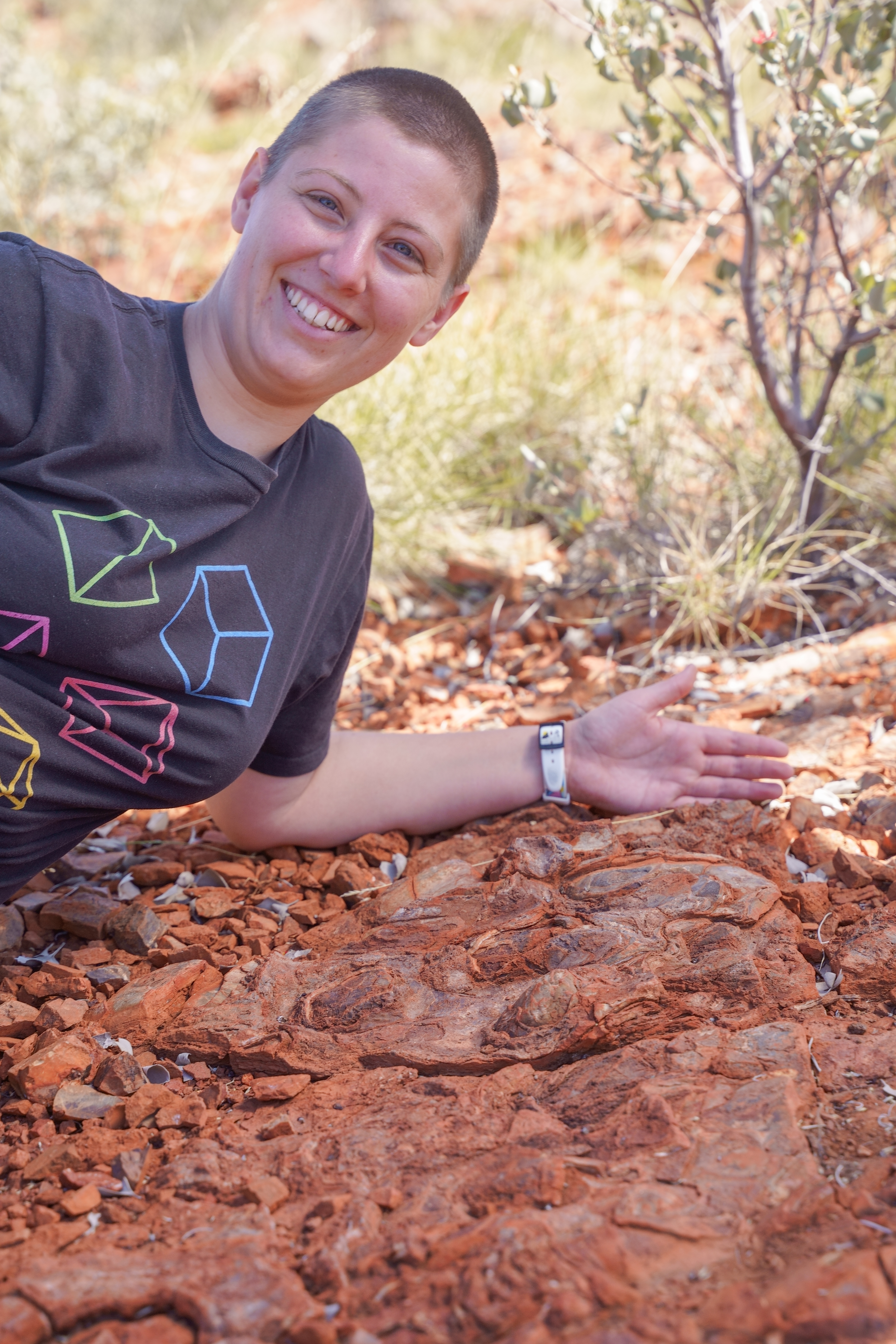Main menu
You are here
Home ›Crew 291 & 292 Clare Fletcher

Clare Fletcher
Profile:
Clare Fletcher (they/she) is a PhD candidate at the University of New South Wales’s Australian Centre for Astrobiology in Sydney, Australia. Their PhD focuses on exogeoconservation of Mars – understanding important geological sites and features, particularly potential evidence of life and palaeoenvironments, and how we can best protect them while allowing continued exploration of Mars. Clare has previously completed an MPhil which focused on creating a roadmap for the geoconservation of the oldest evidence of life on Earth – 3.5 Gya stromatolite fossils in the Pilbara region of Western Australia, which have been studied by space agencies in preparation for Mars missions such as Mars2020 Perseverance.
Clare is a member of the Mars Society of Australia, the Australian Centre for Astrobiology, and the IAA Moon Farside Protection Permanent Committee. They have worked as a writer for SpaceAustralia.com and helped run social media accounts for the Australian Centre for Astrobiology. Clare has presented their work at the UN COPUOS Legal Subcommittee Meeting in 2023 and at various conferences across Australia. Clare also teaches courses in astrobiology and science communication at the University of New South Wales.
Research:
In Crew 292 Mangalyaatra Clare will undertake the role of Crew Journalist, utilising their experience as a science writer to convey the experiences of the crew and articulate the research they undertake. Clare is additionally undertaking research for their PhD while at the Mars Desert Research Station and is participating in both Crew 291 Expedition Boomerang 3 and Crew 292 Mangalyaatra. Over four weeks at the MDRS, Clare’s research for their PhD will seek to understand how humans impact the Mars environment over varying temporal and spatial scales. The key outcome of Clare’s time at the MDRS will be to create a method to determine in situ what astrobiological features need to be protected and how to best do that. The purpose of this study is to come up with a way for astronauts and mission teams to effectively consider exogeoconservation as they explore and sample, without necessitating extensive reconnaissance for every location or outcrop. No such studies have been conducted before, and there is currently no best practice for scientific sampling that takes into account the protection of vitally important study features on Mars while still allowing sampling.

